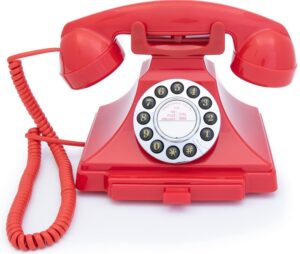WITHOUT Anthony Fokker, there would have been no passenger planes. While America understandably is big on the Wright brothers (descendants of the Dutch families of Vanderbilt, Couwenhoven and Grandma Van Cleve) who invented the airplane, it conveniently forgets that the novelty wore off very fast. At first, no one wanted to fly in America, for a solid 20 years.
Until the Haarlem-based Fokker stepped ashore in 1923. He was welcomed with his mug on the cover of Time Magazine, on the very last day of the year, with the words “Once our enemy…” That was because in 1914, America, England and France had dismissed Fokker’s offer to build air force aircraft for them. Germany did say yes, and that gave Red Baron Manfred von Richthofen and his Fokker pilots a hegemony in the skies for most of World War I.
Anthonie Fokker however did give the US an Air Force after that war, and when he was done with that, he threw himself into civil aviation. And into stunts: a Fokker plane was the first to fly to Hawaii, the first to fly across the continent, and the first to cross the ocean with a woman on board, Amelia Earhart. He also would have landed in Paris earlier than Charles Lindbergh, had his plane not crashed during a test landing.
Flying is fun, said Fokker, popular in America as Uncle Tony, the Flying Dutchman, and he started building passenger planes. First for Western Air Express, then for PanAm, and suddenly there were airlines everywhere. Anthony created demand, built supply, and finally America was on cloud nine. The one thing he wasn’t good at, was being a shrewd businessman. His company finally tanked and merged into Boeing, launched by Joris Westervelt who made seaplanes.
But he was good at being something else, and Time put it into words on that New Year’s Eve: “Fokker looks like a typical Dutchman, with the rosy complexion of his race, a calm but somewhat stubborn look in his blue eyes.” We don’t use words like race much these days, but that stubborn look:
Very much Dutch.





